Range-Extender, Plug-In Hybrid Nissans Due in U.S. by Fall 2026
It seems like only yesterday that we were scrambling to bring you news of yet another automaker with a plan to convert its portfolio from gas to battery power by 2030 or 2035. For Nissan, that announcement came in November of 2021. Not even two and half years later, the Japanese automaker—like several others, including GM and Mercedes-Benz—has put its CEO on the global stand to announce another grand plan that, in reality, is a little less ambitious and a whole lot more realistic.
Gas is not out at Nissan, is the short version.
The longer version: By fiscal year 2026 (which, in regular-people years, begins in September of 2025), Nissan will launch seven all-new models in the U.S. and Canada. Those seven are part of a global count of 30, of which 16 will be electrified and 14 will be powered by internal combustion.
(“Electrified,” conveniently, applies to EVs and to hybrids of any ilk.)
If you allow for the marketing speak, hybrids have a prominent place in Nissan’s new plan for North America: By FY2026, Nissan will refresh 78 percent of its vehicles in the U.S. and launch e-POWER and plug-in hybrid models. e-POWER is Nissan’s term for a range-extender hybrid, in which a gasoline engine acts as a generator for an electric motor, the element which actually drives the wheels. (The Chevrolet Volt is one example, though it’s no longer on sale; The Ramcharger pickup is another, and it’s coming to market in late 2024.)
Want a diagram? Nissan’s got a diagram!
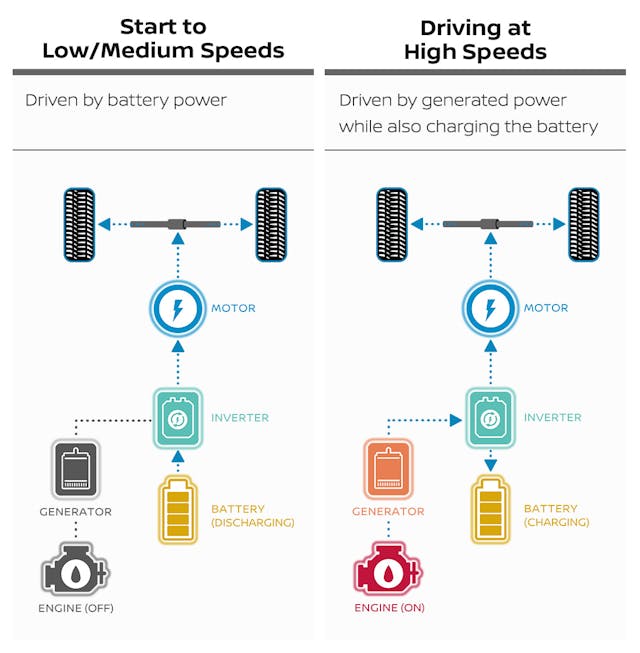
Nissan’s goal for 2030, across its entire global portfolio, remains the same as it was in 2021: “an electrification mix of 55% globally across the Nissan and INFINITI brands.” (That plan is known as Ambition 2030.) However, “faced with extreme market volatility,” Nissan is presenting the two-part plan known as The Arc:
Under the two-part plan, Nissan will first take actions to ensure volume growth through a tailored regional strategy and prepare for an accelerated transition to EVs, supported by a balanced electrified/ICE product portfolio, volume growth in major markets and financial discipline. Through these initiatives Nissan aims to lift annual sales by 1 million units and increase its operating profit margin to more than 6%, both by the end of fiscal year 2026. This will pave the way for the second part of the plan aimed to enable the EV transition …
Nissan press release on March 25, 2024
What will those vehicles be? Your guess is as good as ours, honestly, because the YouTube video that accompanies The Arc business plan shows far more vehicles than the seven that we’re told to expect in the United States. Perhaps the dimly lit vehicles also include the refreshed models? We can’t tell.
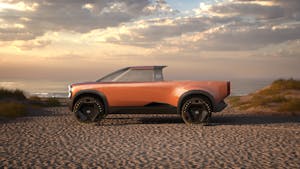

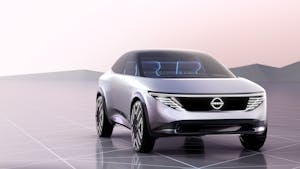
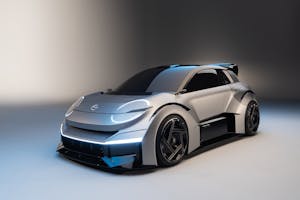
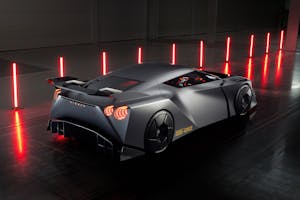
Some recent Nissan concept faces are tucked into the video, though: The round headlights of Nissan’s 20-23 concept, an electric hot hatch; the four round taillights that identify the GT-R and are present, in a pointillism interpretation, on its Hyper Force concept from 2023. We also glimpsed vehicles that resemble the Chill Out crossover, the van-like Hang Out concept, and the Surf Out pickup that accompanied Nissan’s November 2021 announcement.
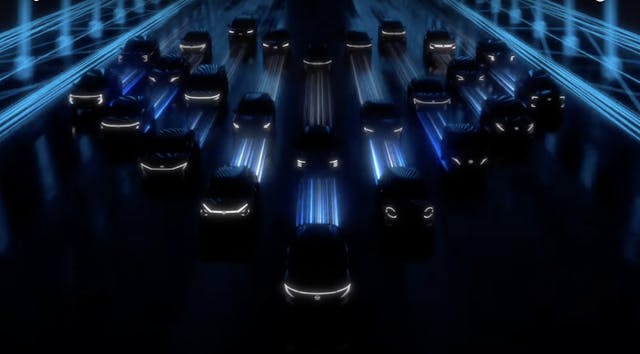
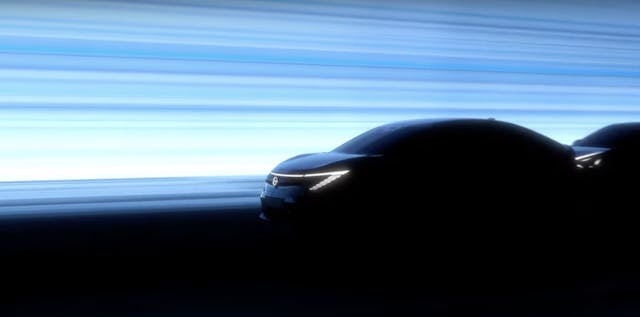

Which Nissan models most need a refresh? Of the concepts listed above, which would you be interested in seeing? Let us know in the comments below.
Oh, and let us know why Nissan picked a narrator with an Australian accent:
***
Check out the Hagerty Media homepage so you don’t miss a single story, or better yet, bookmark it. To get our best stories delivered right to your inbox, subscribe to our newsletters.
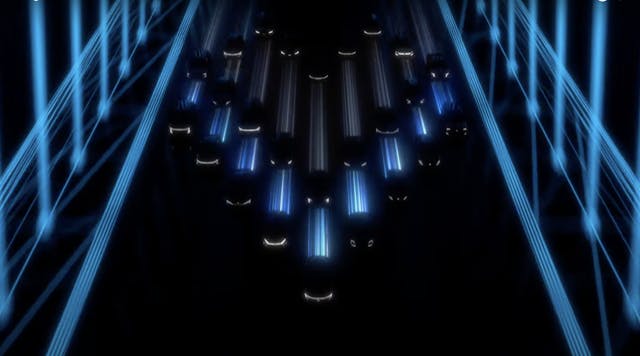


I question the future Nissan has in a world where Nissan’s have become nothing special. The GT-R is old but interesting and the Z is cool, but is not as competitive as it could be. The cool affordable coupes and sports cars are gone and it’s all Rogues everywhere these days.
It would amaze me to see anyone (that is aware) of Nissan’s atrocious treatment of the early Leaf owners. That in regards to not only abandoning them with no available replacement batteries but also refusing to accept one as a trade in. Who would want to buy a vehicle from a company that treats it’s own customers like that?